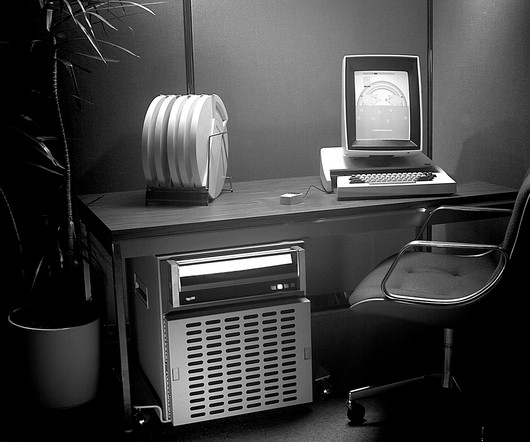MIT/Stanford team optimizes shape of Busemann-type supersonic biplane to reduce drag, fuel consumption, and sonic booms
Green Car Congress
MARCH 20, 2012
In 1935, Adolf Busemann proposed a biplane concept that divided a diamond airfoil into two components and placed the triangular surfaces facing each other—i.e., For decades, the speed of commercial aircraft was constrained by the sound barrier. Conceptual drawing of a supersonic biplane in flight. Credit: Tohoku University.











Let's personalize your content